Each mushroom picker at least once met in our forests very unusual mushrooms growing on tree trunks. Most often they are ignored or do not pay attention to them at all. Few people know that there are several varieties of polypore, which are considered edible and have high nutritional qualities. One of them is the hepatic mushroom, which is also “mother-in-law's tongue”, or the hepatic liver.
Hepatic mushroom got its name due to its appearance, because according to the description, the fruit body is very similar to the animal’s liver, which is clearly visible in the photo.
Content
Characteristic features of hepatic mushrooms
The liver is the only representative of the genus Fistulin. In general terms, it resembles a fetus from the Trutovik family, for whom mother-in-law's tongue is a distant "relative".
Appearance and photo
The liverwort lives on tree trunks and leads a parasitic lifestyle, drawing juices from the wood. In its shape, it resembles the hoof of cattle, which often scares away mushroom pickers.
Outwardly, the mushroom is very similar to the raw liver of an animal, and in places of cut it even begins to “bleed”, which is clearly visible in the photo.
Structure and species differences
The size of the fruiting body varies between 10-30 cm, and its thickness can reach no more than 6 cm. The mushroom is fleshy and dense, it can be sedentary or with a thick small leg that forms on the side. Sometimes the leg can be immersed in the soil, but basically it is attached to the trunk.
The young fruit has a tuberous shape of about 5 cm, which resembles a bull tongue. As it grows, the mushroom takes on a wider shape with pointed edges. The surface is wet and painted brown or red. The rough skin of more mature specimens becomes gelatinous.
The pulp of the fruiting body is quite dense, fleshy and juicy. It has a dark red hue, on which you can notice light veins. The radially fibrous pulp resembles a liver or raw meat. The smell of the fruit is mild, with fruity notes. The taste of flesh is sour, sometimes there is a taste of bitterness.
The hymenophore of this species has an unusual structure. It consists of small individual tubes that can be easily divided. In young fruits, the tubules are difficult to consider, and with age, the layer thickness reaches 1-1.5 cm. The surface is porous, moist. Often on a straw-yellow or pink surface, droplets of liquid with a reddish tint can be seen. When pressed, the color changes to brown-red.
The color of the spore powder is pink, red-brown and white. Spores have a rounded shape and reach 4.5 × 5 microns.
Environmental characteristics and location
The liver fungus is a parasite and a tree destroyer, because its appearance provokes the development of brown rot of the core of the tree. The fruit parasitizes on old trees, among which chestnuts and oaks are most often found. It can grow on other deciduous trees and even stumps. The fruiting body is annual and forms near the root system or on the bottom of the tree. Mushrooms can grow both singly and in small groups.
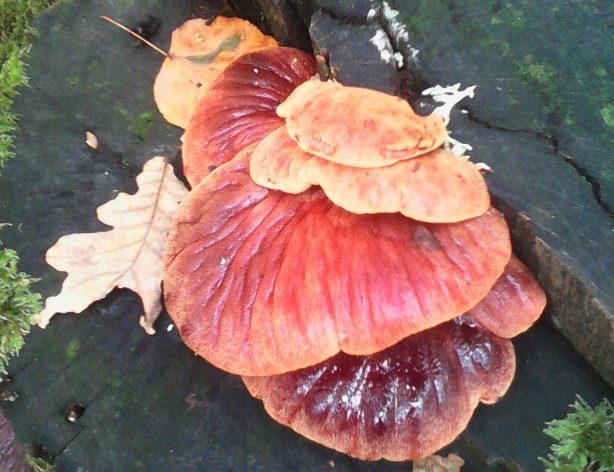
Liverworms grow in warm weather after a good rain. This is not a very common species, so it is rarely possible to find it.You can go hunting from the end of July until the first frost. Look for mushrooms should be in oak or mixed forests.
Eating
The liverwort belongs to the fourth food category. It is recommended to collect only young specimens, because old fruits are stiff and bitter in taste.
Terms and conditions of collection
The mushroom begins to bear fruit in mid-summer. In warm regions, you can find this species even in November, but basically it grows until October. It is not growing steadily, there are often lean years. The liverwort settles on weakened and old deciduous trees.
He loves a temperate warm climate, so you should look for him in those regions where winters are short and rather warm. In European countries, in Belarus and in some regions of Russia, this species is listed in the local Red Books, because it is considered quite rare.
Unlike most representatives of the mushroom world, the liver fungus does not have false and poisonous doubles, so even inexperienced mushroom pickers can collect it. Among the forest inhabitants there is not a single liver-like one except for a mother-in-law's tongue.
Useful properties and restrictions on the use of liver function
This unusual mushroom is not only edible, but also has a lot of properties useful for the human body. It consists of the following elements:
- proteins;
- vitamin C;
- vitamins PP and D;
- phosphorus;
- minerals;
- carbohydrates.
Only young specimens should be eaten. In addition to the fact that mature individuals are bitter, they are able to absorb toxins from the environment. These fruits should be excluded from the diet for people with individual intolerance to the product, with chronic gastrointestinal diseases, liver and kidney diseases. It is contraindicated to give this product to children under 5 years of age.
Processing and cooking options
Cooking liver mushrooms is quite simple. Before cooking, they should be soaked in water. The duration of soaking depends on the age of the fetus - the older it is, the longer it takes to soak. Young mushrooms are soaked for several hours, adults - no more than a day. After this procedure, mucus is removed from the caps and washed with running water.
Cutlets, caviar and soups are prepared from mother-in-law's tongue. They can be cooked, fried, dried and harvested in jars for the winter. Here are some popular recipes:
- A very common way to cook the liverwort is frying in a pan. For cooking, prepare 2 kg of mushrooms, onion, vegetable oil and salt. The recipe for frying is quite simple:
- prepared fruits are laid out in a saucepan and poured with salted water. The container is placed on the stove and cooked over medium heat for 20 minutes;
- boiled mass is poured into a colander, washed and cut into pieces;
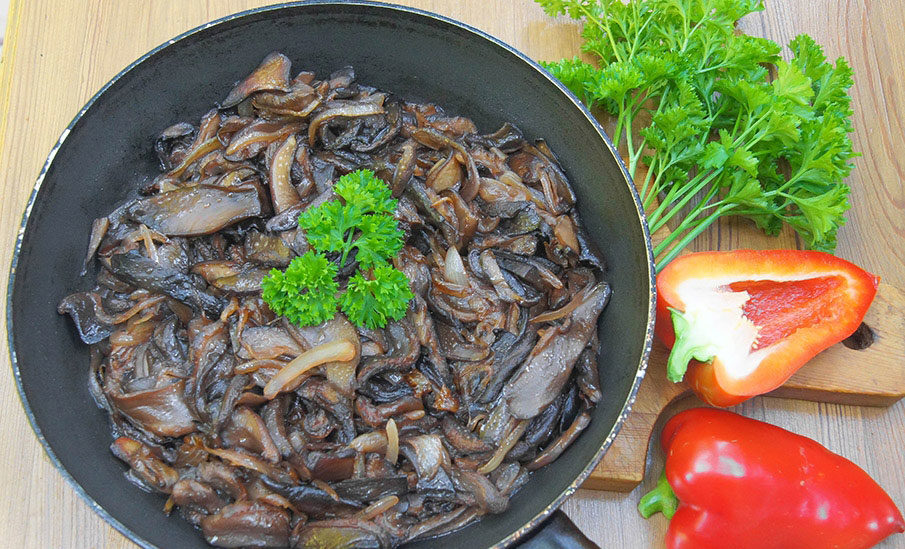
Fried liver mushroom - the onion is cleaned and cut into half rings;
- mushrooms are spread on a preheated pan and fried for about 20 minutes, stirring regularly;
- after evaporation of moisture add onions and fry until cooked. Salt and pepper are added to taste.
Often fried mushrooms season with sour cream or mayonnaise. The liverworts are perfect for potato dishes.
- Delicious cutlets are also prepared from the liverwort. To do this, soak the harvest in cold water.This will remove excess acid from the fruit. They should be kept in water for several hours, not forgetting to periodically change the water.
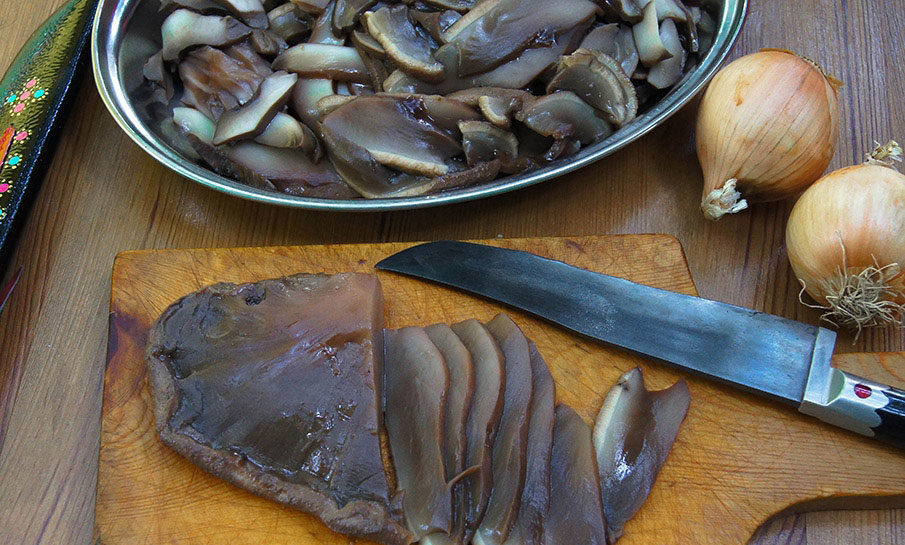
Cooking mushroom cutlets Soaked fruits are simmered for about 30 minutes. The mushroom mass is poured into a colander and washed. After cooling, the mushrooms must be ground in a meat grinder. Salt, pepper, egg and onion are added to the resulting mixture. Cutlets are formed from minced meat, roll them in flour or breadcrumbs and fry until cooked.
Methods for pickling liverworts
Liverworts can be used not only for the preparation of first and second courses, but also marinate, salt and dry for the winter. Before pickling, fruiting bodies need a long heat treatment. They are boiled three times for 20 minutes, each time in fresh water. The last time you need to cook in slightly salted water. The following ingredients should be taken on a 0.5 liter jar:
- boiled mushrooms;
- 1 tsp. rock salt and sugar;
- 1 tbsp table vinegar;
- 4 peas of allspice;
- 2 bitter peppers;
- 1 bay leaf;
- 0.5 tsp granular mustard.
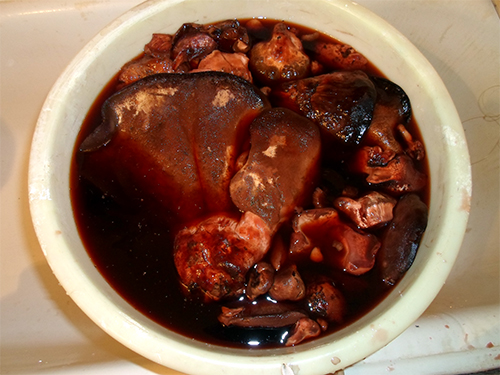
You can add a clove of garlic and a piece of horseradish root to each jar. Spice, sugar and salt are placed in sterilized containers. Hot mushroom mass is laid out in jars and poured with boiling water. In each jar, add 1 tbsp. vegetable oil. Banks are rolled up and insulated. After cooling, the marinade is transferred to a dark, cool room.
Answers to Common Questions
If you follow all the recommendations for cooking these unusual mushrooms, you can cook a wide variety of dishes that will add unique notes to a regular dinner. It is even possible for beginners to collect the liverwort, because it is impossible to confuse it with other mushrooms.

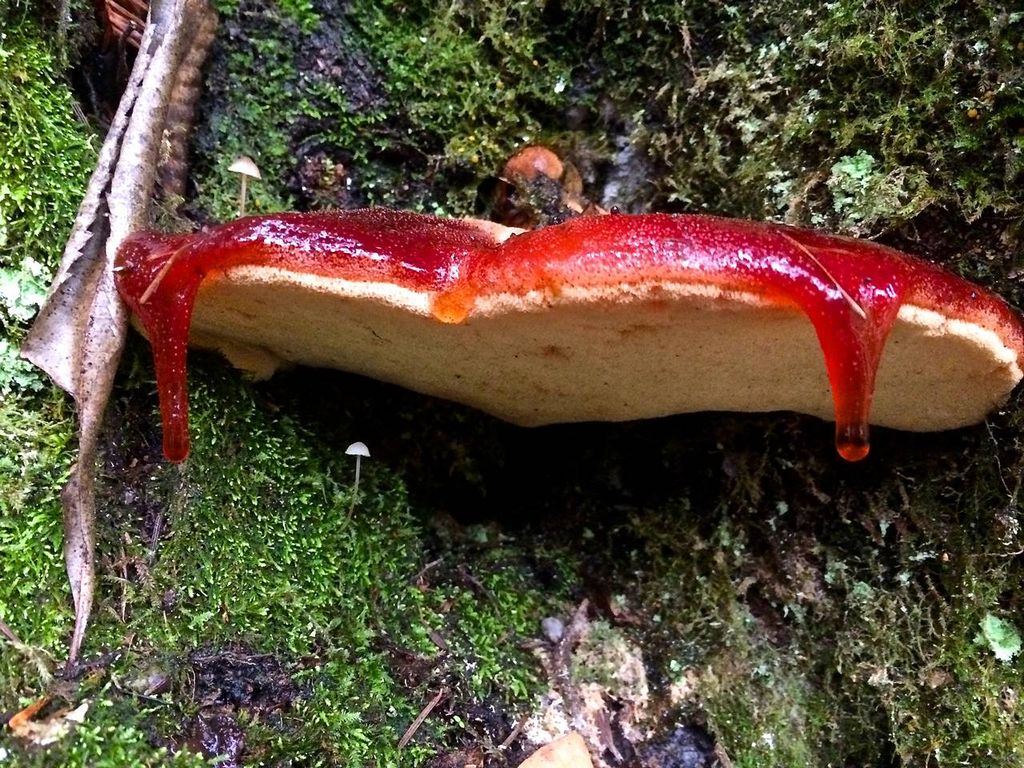
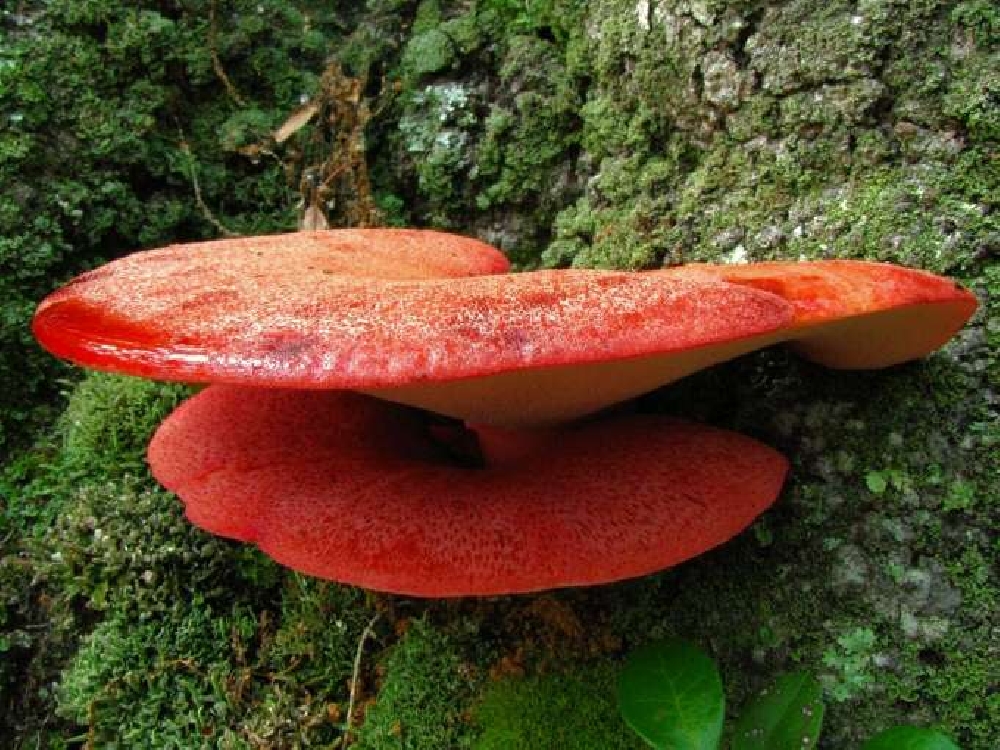

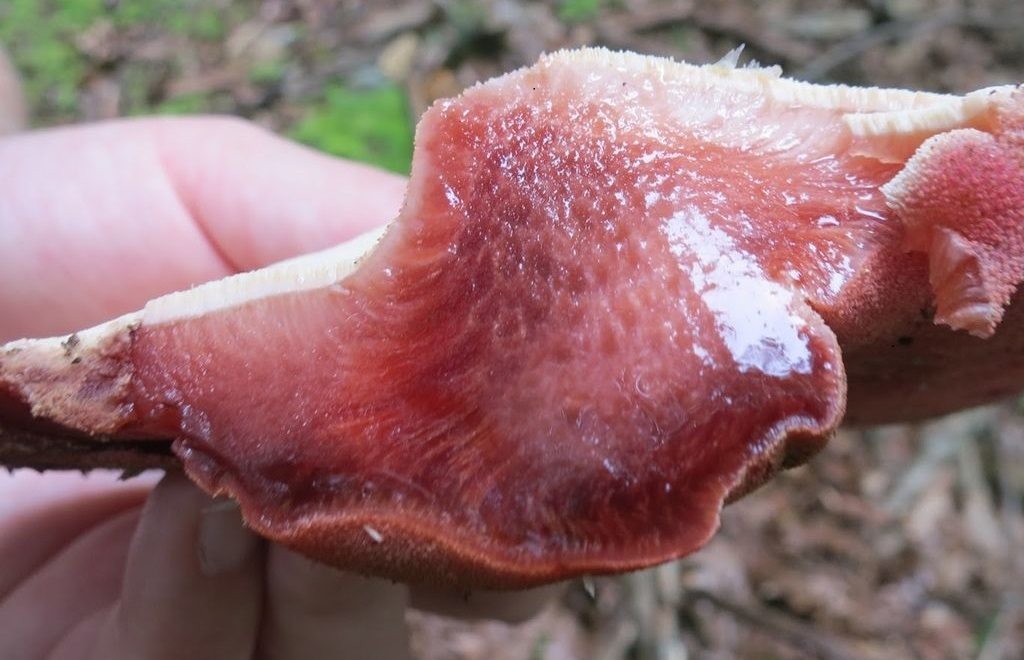
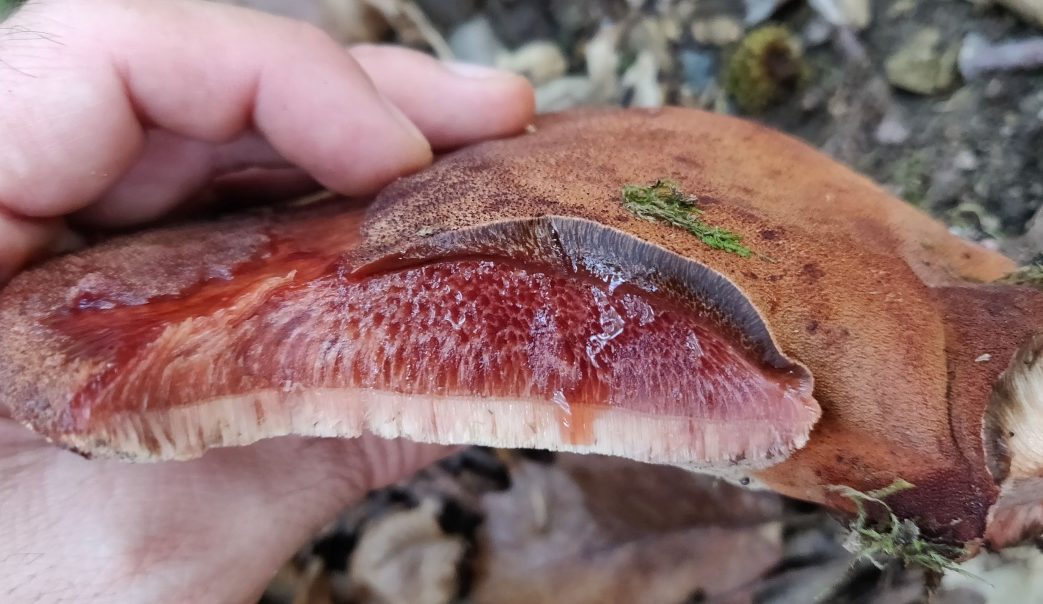
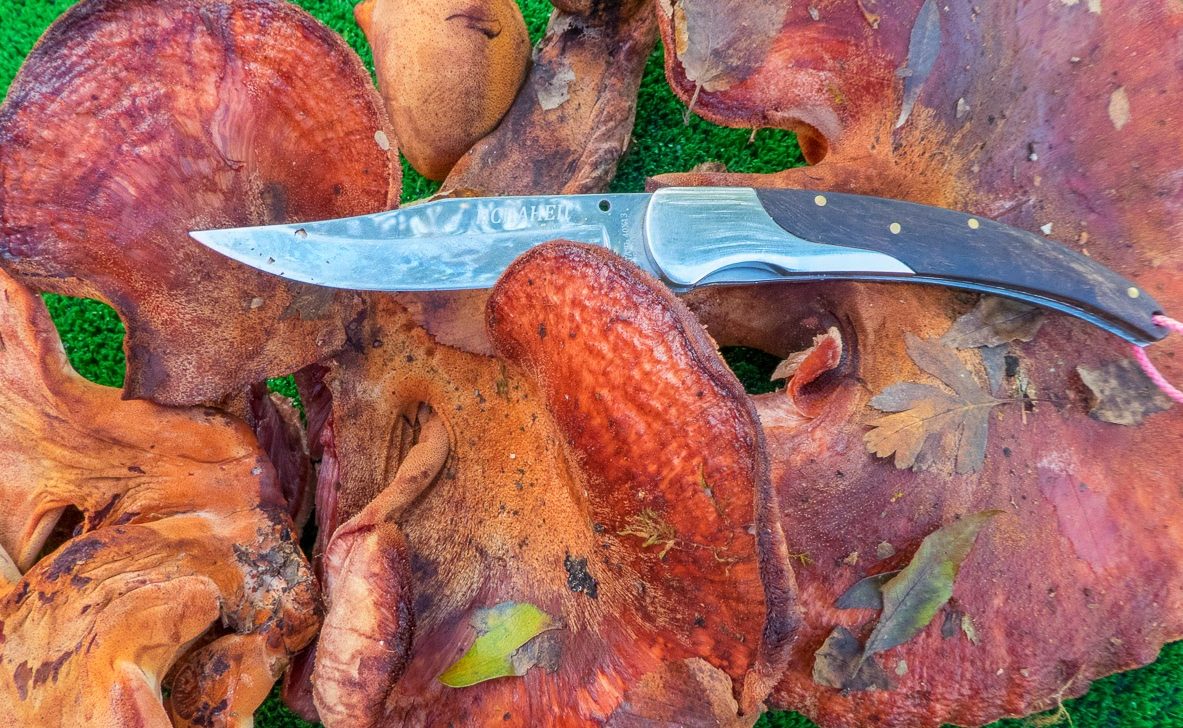
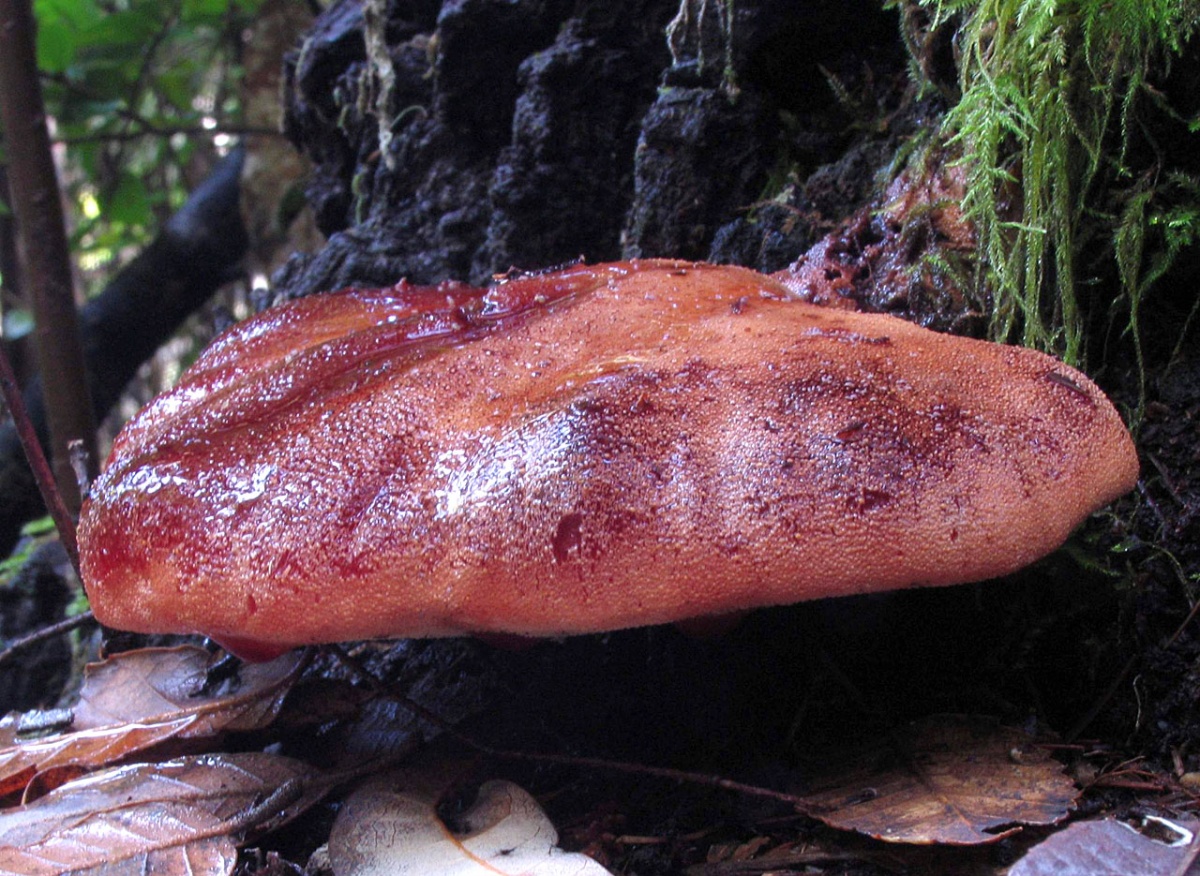
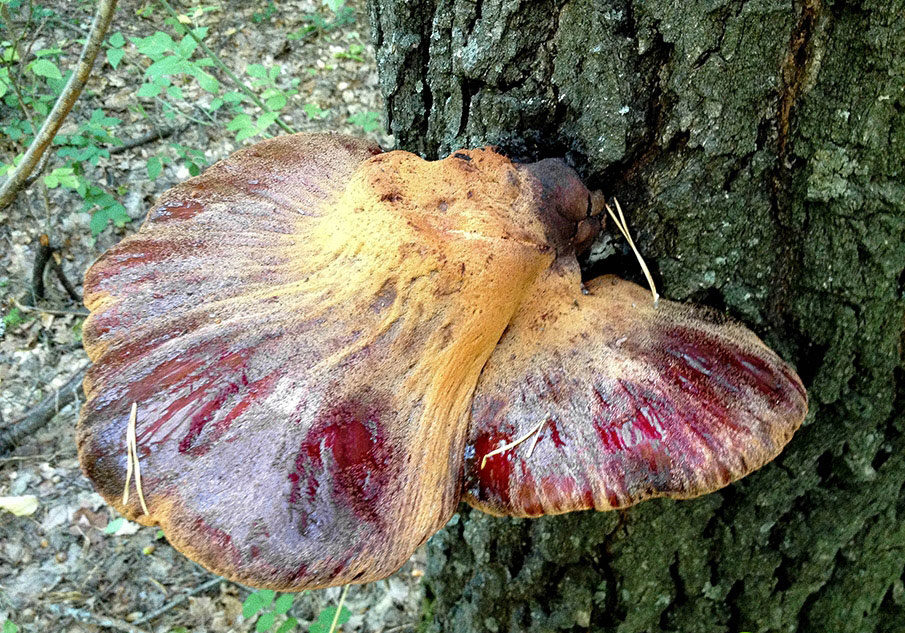
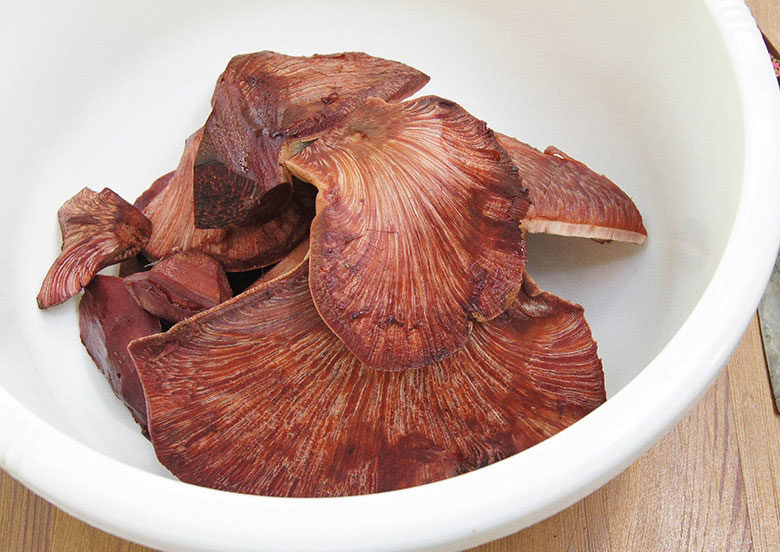

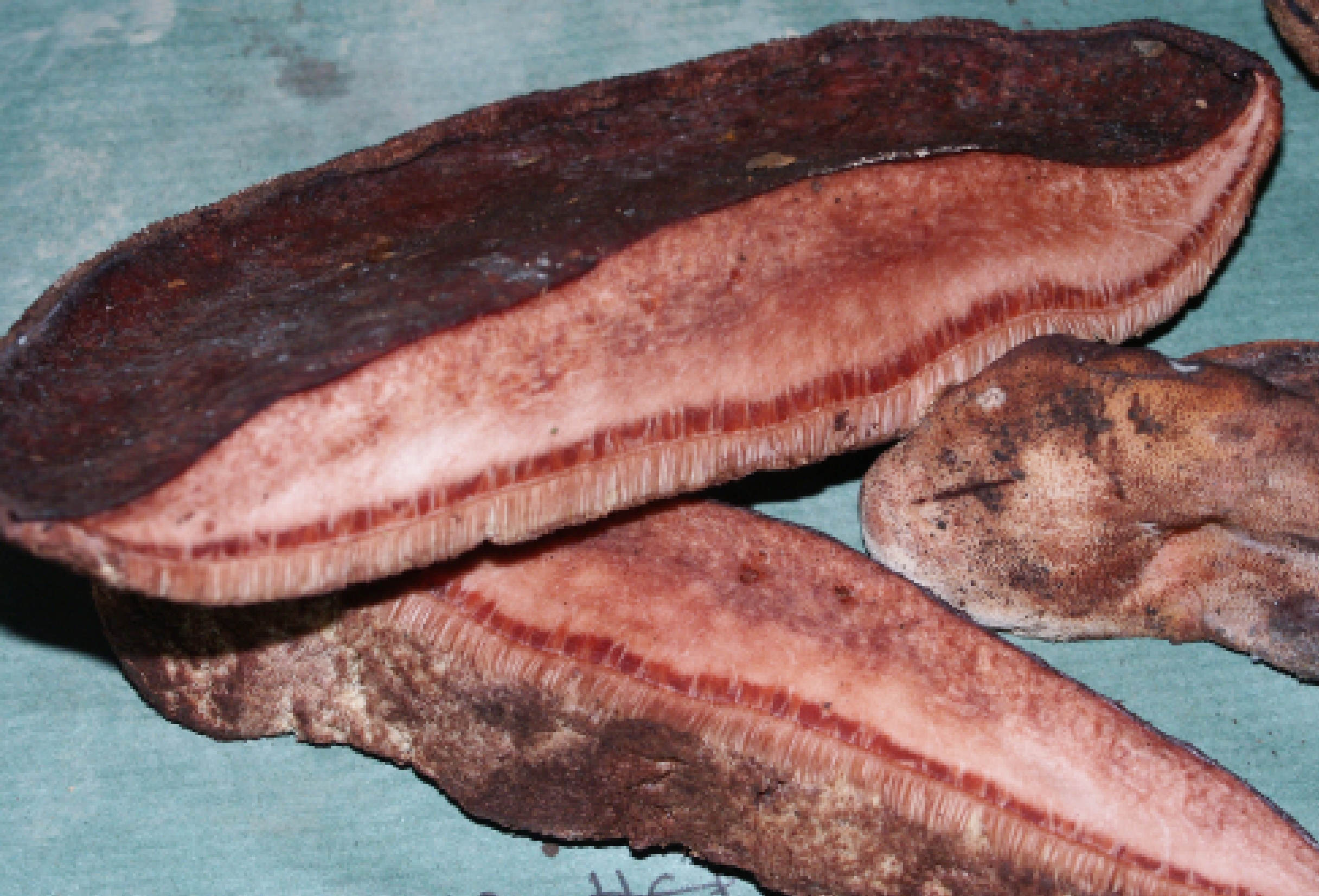
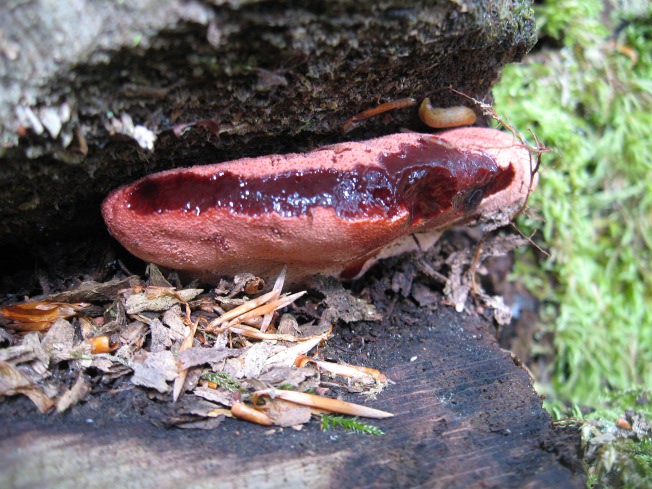



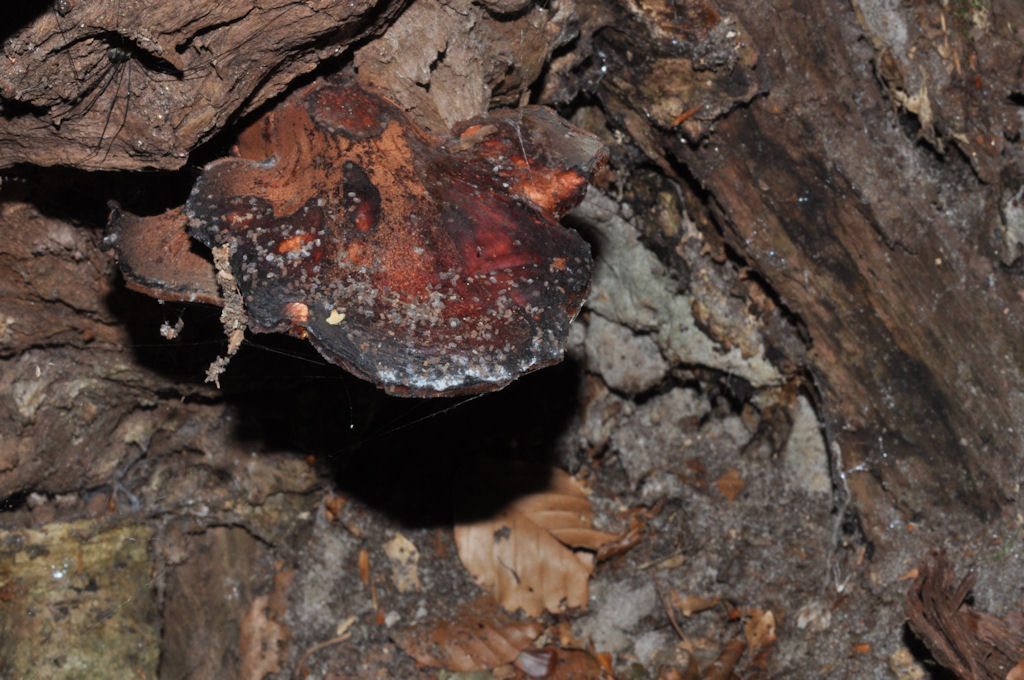
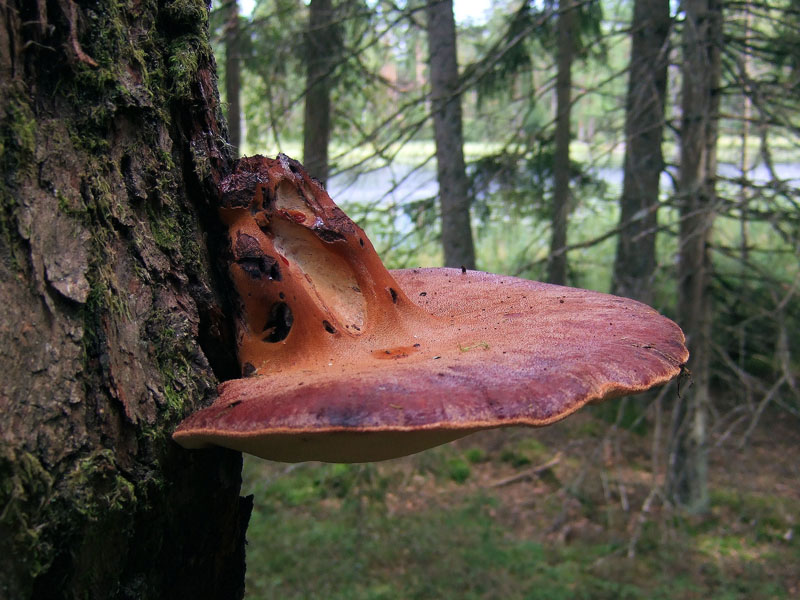
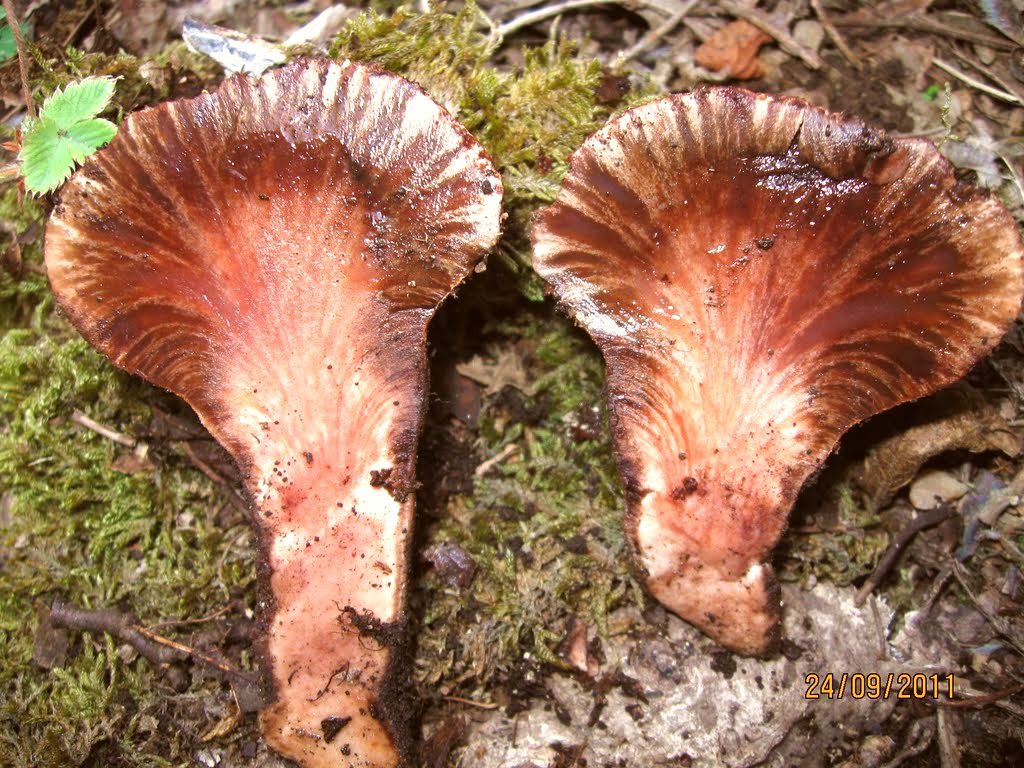
 Care and use of Kombucha at home (+22 photo)
Care and use of Kombucha at home (+22 photo) Edibility of the fungus of the motley umbrella and its description (+19 photo)
Edibility of the fungus of the motley umbrella and its description (+19 photo) Description of edible and inedible oils, their poisonous counterparts (+40 photos)
Description of edible and inedible oils, their poisonous counterparts (+40 photos) Useful properties of milk mushroom and its contraindications (+17 photos)
Useful properties of milk mushroom and its contraindications (+17 photos)